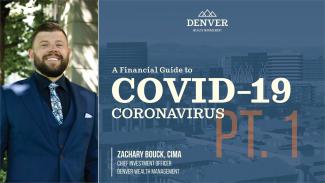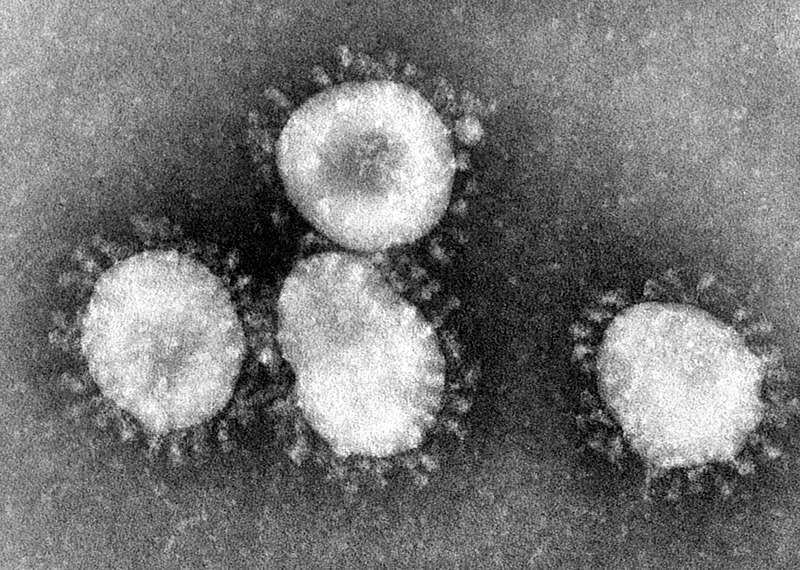
A Financial Guide to COVID-19; Coronavirus (Pt. 1)
Listen: A Financial Guide to COVID-19
Finding accurate and credible information is a challenge, especially as the news changes on a day-to-day basis. In order to serve you and your families as best we can, it’s important that we stay educated and informed. Our team is doing everything we can to obtain reliable information and use that that information in our investment decision making process.
Due to sheer length of this post, we have broken it in to two parts:
- Coronavirus: The History, What We Know, The Current Position
- Financial Outlook: The Options, Our strategy, Our Objective
As we like to say, “an educated investor is a good investor.” As the updates continue to unfold, we will continue to communicate information and strategy with full transparency.
Our webinar, A Financial Guide to COVID-19 (coronavirus), was recorded on Sunday, March 15th and released on Wednesday March 18th. In that small window of time the numbers changed but our outlook and our priorities remain the same.
What’s Different This Time?
Originally, our team of advisors at Denver Wealth Management used history as our compass. We looked at previous pandemics (MERs, SARs, Swine Flu, etc.), and based our models around how the market has reacted in the past.
However, the way in which the market and the government have reacted to COVID-19 has been very different. Why? From the time the market closed on Friday, March 13th to the time we recorded our webinar, Zak set out to find the answer.
A Brief History
Coronavirus is not new. In 2003 we were exposed to Middle East Respiratory Syndrome (MERs), which was transferred from camels. MERs had a fatality rate of 34.4%. Next, was Severe Acute Respiratory Syndrome (SARs), which started with civets. SARs had a fatality rate of 15% (World Health Organization).
The virus name is SARs-COV-2. The disease name is COVID-19 (Coronavirus Disease 2019). The term coronavirus comes from the crown-like shape of the cell as pictured below.
Image Source: Wikipedia.org
Current Outlook
As of Wednesday, March 18th at 2:54pm MST, there are 7,038 cases and 97 deaths in the United States (CDC). Globally, there are 191,127 confirmed cases and 786 deaths (World Health Organization).
Those most at risk are the elderly, generally unhealthy folks, and folks with existing conditions, especially respiratory conditions (The Novel Coronavirus Pneumonia Emergency Response Epidemiology Team).
So, again, what makes COVID-19 different from other pandemics? Afterall, it’s just another flu bug, right? Not exactly.
COVID-19 is much more contagious than SARs. On top of that, many recipients of COVID-19 are asymptomatic, meaning they don’t show symptoms immediately; sometimes, they don’t show symptoms at all.
Source: New York Times
With SARs, if you were infected, you would begin showing symptoms immediately. You could go to the doctor, quarantine yourself, and halt the transition more efficiently. With COVID-19, you may not know you have it, but you’re still spreading it. That’s that makes this different.
The Origin
COVID-19 has been traced back to what’s known in China as a wet market (Wall Street Journal). Within these wet markets, vendors sell exotic wild animals as a delicacy. We won’t post pictures – quite frankly because we don’t want to keep pulling them up – but in order to help you visualize this, imagine miles of snakes, civets, bats, wolf puppies, etc. caged up and for sale (dead or alive).
Well, inside the wet markets of Wuhan, China, vendors will stack these cages one on top of the other – cages of pigs beneath cages of chickens beneath cages of bats. The bats (pardon the grossness) will poop into the chicken cages or the pig cages and the chickens/pigs will eat it, effectively spreading COVID-19.
Looking back at previous epidemics, animals are the main cause for widespread disease like coronavirus.
Looking Forward
“I think the key learning from China is speed – it’s all about speed. The Faster you can find cases, isolate the cases, and track their close contacts, the more successful you’re going to be. […]
China got patients in treatment early and have highly sophisticated health care treatment procedures” (Bruce Aylward, Assistant Director General and Veteran Epidemiologist at World Health Organization).
The government’s strategy right now is speedy containment, which, as discussed previously, is tough to do. According to a study conducted by Annals of Internal Medicine, the average incubation period is estimated to be 5.1 days. Again, if someone were to be infected, they may unknowingly continue the spread.
Although it may seem like overkill to some – the younger generation especially – the best means for containment currently is social distancing. Sure, there are healthcare professionals (who we highly commend for their hard work through this pandemic) who cannot stay home from work. However, there are a lot of professionals who can.
In a perfect scenario, the government would set a finite window; a shut down from date a to date b with the intent that everyone [who can] goes into quarantine. Until then, there’s no end in sight and the economy will keep taking the hit.
Additionally, the quarantine is essentially protecting the healthcare system. As shown in the graph below, without protective measures, it’s predicted that we will severely exceed medical capacity. In other words, there won’t be enough hospital beds, gloves, rooms, etc. We’re seeing this situation play out in Italy.
With a quarantine in place, by taking protective measures, we can stay within our capacity.
Adapted from CDC/The Economist
What Can We Do?
As mentioned just previously social distancing is our safest bet. If you can, work from home. Stay away from large group settings. If you can, order food for pickup rather than eating out (not that you have much of a choice).
"In the absence of an approved vaccine, community mitigation measures are the primary way to reduce SARS-CoV-2 transmission among persons in the community, and adherence to recommended infection prevention and control measures can reduce the risk of SARS-CoV-2 spread in healthcare facilities." (CDC)
Another is simply praying for the wellbeing of those most effected. Pray for your community.
Thank you for reading/listening/watching. We hope you found this information useful. We will continue to keep you updated on the virus’ impact to our economy as well as any adjustments that we find necessary.
The opinions voiced in this material are for general information only and are not intended to provide specific advice or recommendations for any individual.
The information in the links above are being provided strictly as a courtesy. When you link to any of the web sites provided here, you are leaving this web site. We make no representation as to the completeness or accuracy of the information provided at these web sites. Nor is the company liable for any direct or indirect technical or system issues or any consequences arising out of your access to your use of third-party technologies web sites, information and programs made available through this web site. When you access one of these websites, you are leaving our web site and assume total responsibility and risk for your use of the web sites you are linking to.





